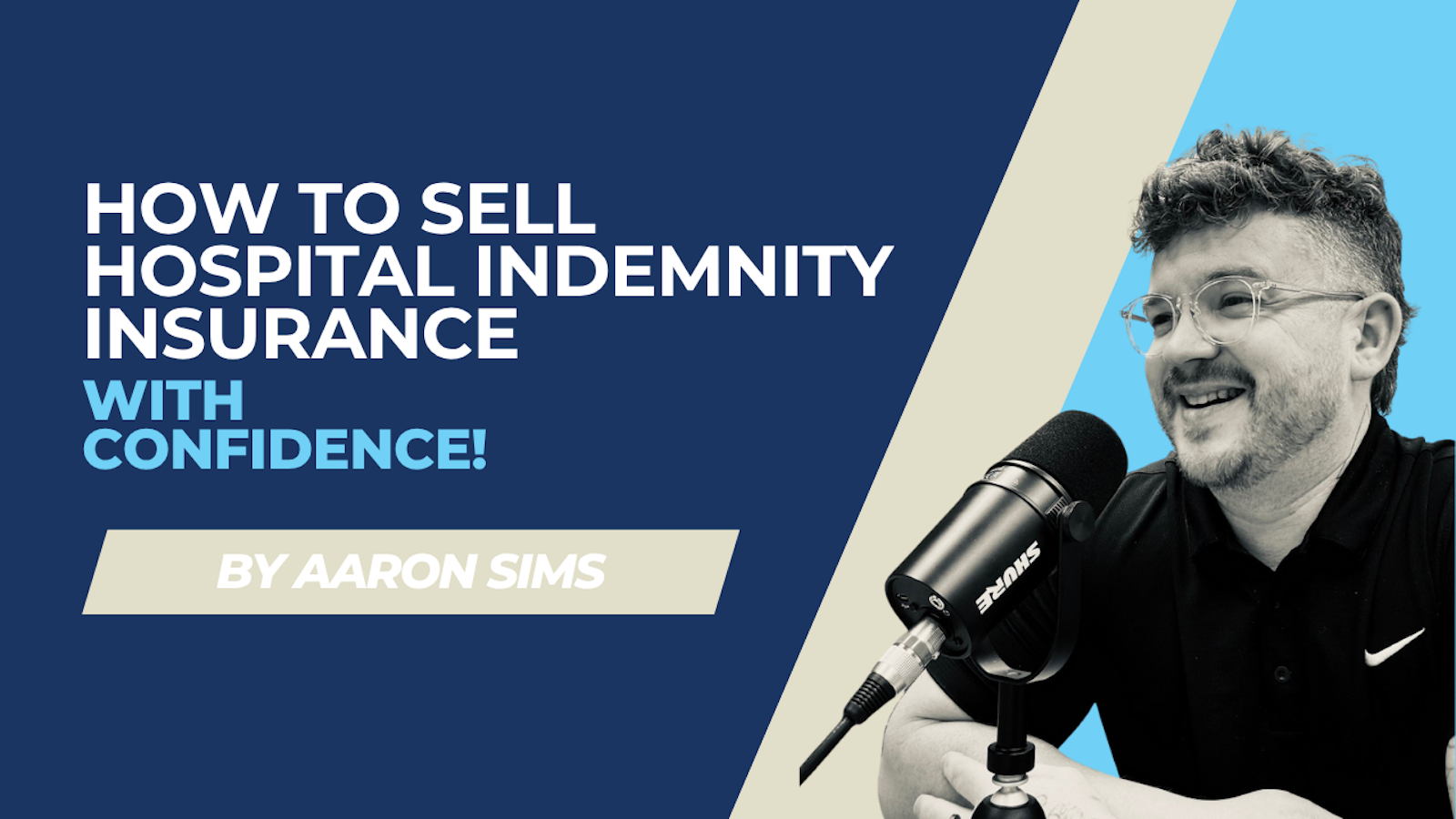

Most agents treat hospital indemnity like an afterthought — a “maybe” add-on if there’s time at the end of the appointment.
But the most successful producers don’t treat it like an upsell. They treat it like a non-negotiable layer of protection — and they present it with confidence, not apology.
Here’s how to do exactly that.
Never start with product. Start with the gap.
“You have great coverage for the hospital’s bills. But what about your bills?”
Draw attention to:
High deductibles or cost-sharing in their main plan
Non-medical expenses that aren't covered at all
The emotional and financial impact of lost work, travel, or emergency costs
Once they see the exposure, you have permission to solve it.
Use language that assumes smart people choose this — because they do.
Instead of:
“Would you be interested in an optional add-on plan?”
Try:
“Most of my clients add this cash benefit plan alongside their health policy. It covers your out-of-pocket costs from things like hospital stays, ER visits, or ambulance rides.”
That subtle reframing makes it feel standard — not optional.
Make it real. Tie the benefits directly to the coverage they already selected.
“Your Medicare Advantage plan charges $325 per day for 5 days. This plan will pay you $325 per day — matching that exactly.”
“You’ve got a $7,000 deductible. If something happens, this plan gives you up to $7,000 in cash to offset it.”
“You’re self-employed — no PTO, right? If you’re out of work for a week, this puts $1,000 in your account to help.”
Make the math make sense.
Avoid qualifying the price with phrases like:
“It’s only…”
“It’s not much…”
“You could drop it later if…”
Instead, say:
“For $30/month, you’re protected from thousands in surprise bills.”
“That’s less than one dinner out — to cover a hospital stay.”
Be confident. The benefit justifies the cost.
If a client says, “Wait, this just pays me cash?” — they’re not skeptical. They’re intrigued.
Here’s how to answer:
“Yes — it pays you cash when a covered event happens. No networks, no receipts. Because it’s limited in scope — only covering certain events — the insurer can offer high-value benefits at a low cost.”
“Think of it like an accident plan or a life insurance policy. It’s there when you need it, and simple when it pays out.”
Treat indemnity like you do dental, vision, or prescription coverage. If you don’t mention it, you’re underserving your client.
It’s relevant for:
Every HDHP or short-term medical policy
Every Medicare Advantage enrollment
Every self-employed or uninsured client
Every parent or caregiver
“You wouldn’t sell a plan with a $7,000 deductible and not offer a way to offset it.”
Some clients won’t bite at first. But they will remember the conversation when something happens.
Follow up during:
Renewals
Policy anniversaries
After they’ve had a health event (or a scare)
“I remember you mentioned that ER bill last year. Let’s make sure that doesn’t happen again.”
That’s how second chances turn into easy closes.
You don’t need to “sell” hospital indemnity.
You need to present it as a professional obligation — part of a complete, well-built protection strategy.
“If you trust me to protect your health, let me also protect your wallet.”
That’s the message. And it closes.
Learn more about the Ideal Flex Series Hospital Indemnity
Join our Top Agent Shootout and win your spot on the Texas Hog Hunt
Watch the Sales Leadership Webinar with Shawn Buxton for even more strategy
Brokers Fidelity
Phone: 913-374-1550
Email: hello@brokersfidelity.com
Address: 400 S Kansas Ave, Topeka, KS 66603